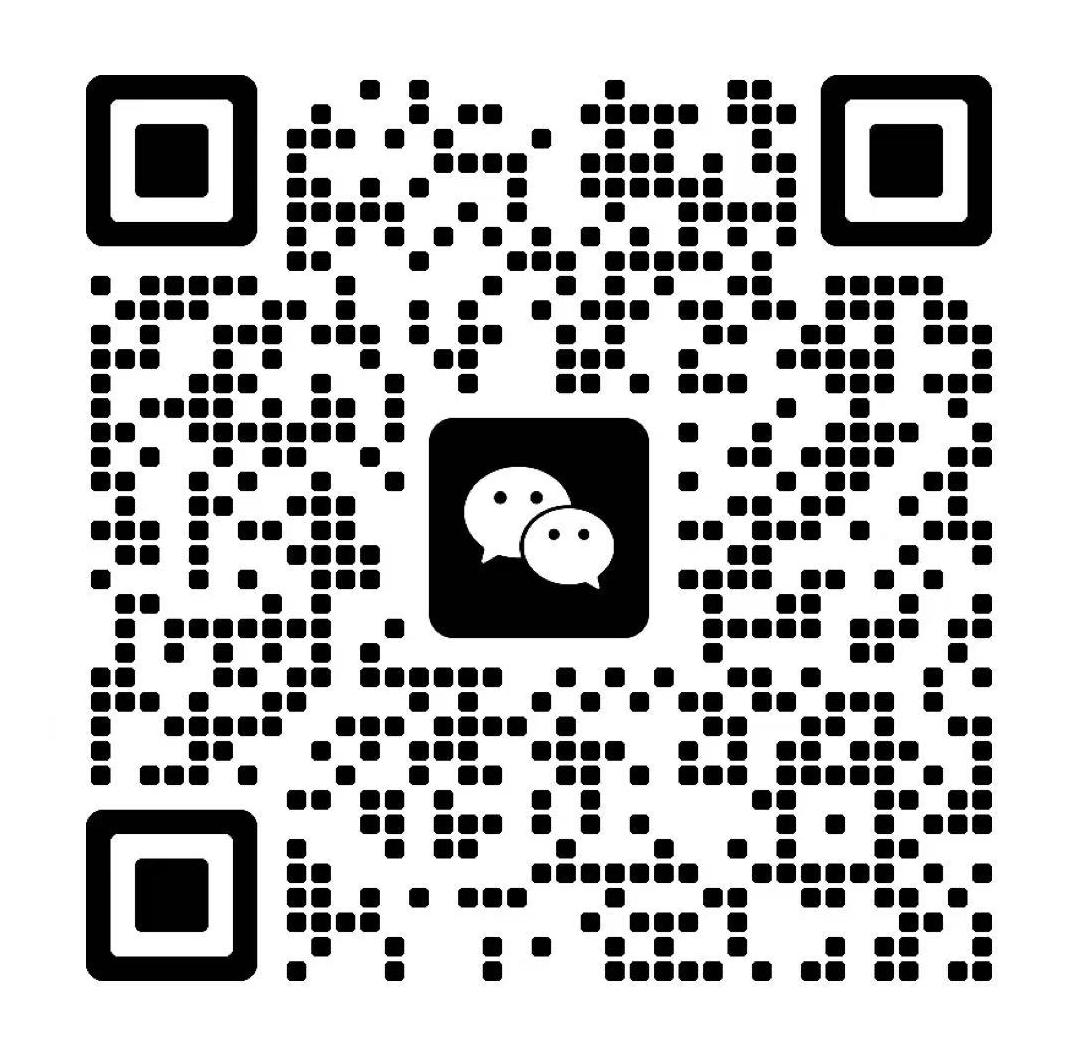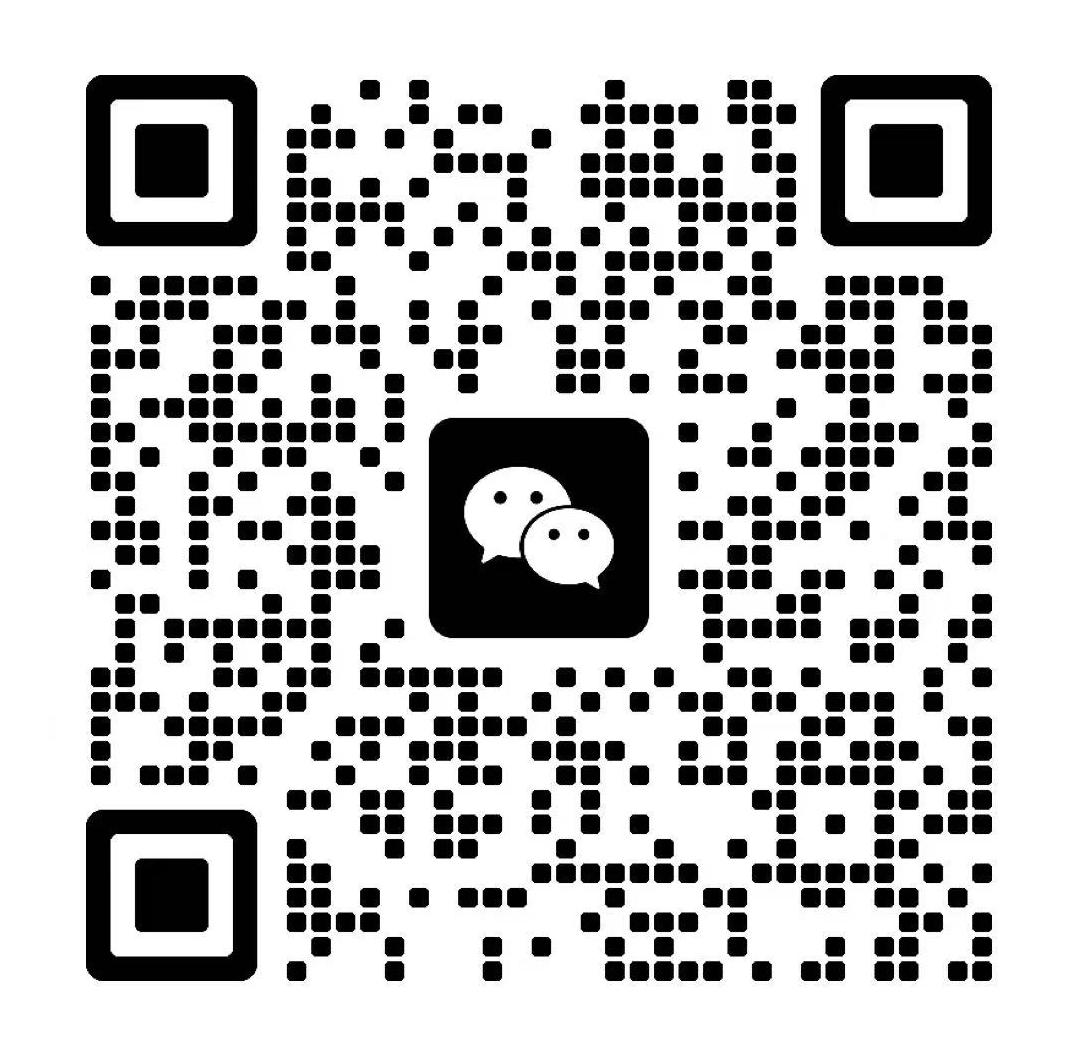Unmanned Aerial Vehicle Transmission Equipment Communication Solution
As drone technology becomes increasingly prevalent across industries—from public safety and environmental monitoring to logistics, agriculture, and military applications—ensuring reliable, long-range, and real-time communication between unmanned aerial vehicles (UAVs) and ground control stations has become a core requirement. The communication link acts as the digital “lifeline” of the UAV, transmitting high-definition video, telemetry data, and control commands. To support diverse operational demands, the choice of UAV transmission equipment is more critical than ever.
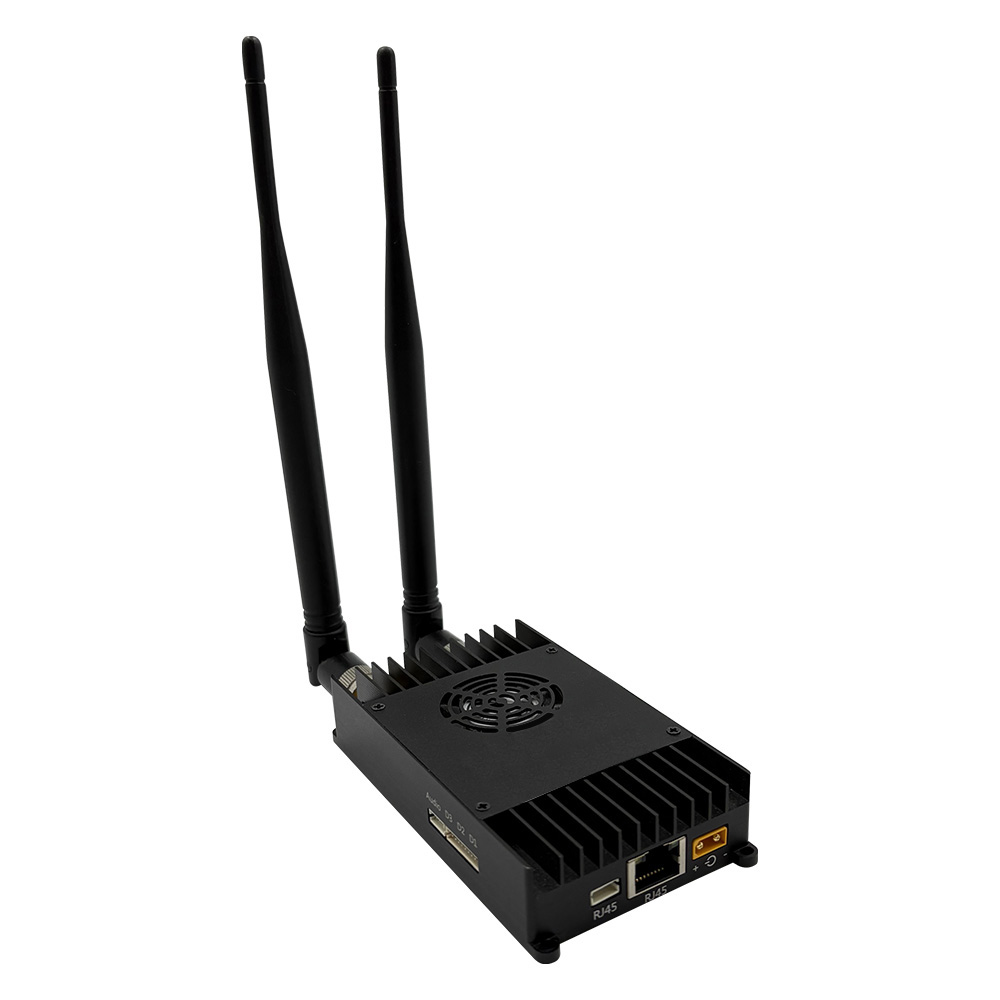
Why UAV Communication Matters
Effective UAV communication ensures:
Real-time video monitoring from airborne platforms
Precise flight control and positioning over long distances
Secure data feedback for mission-critical operations
Safe and coordinated multi-drone management
Unstable or delayed communication can cause signal loss, flight interruptions, or even UAV crashes—posing risks to property and human safety. Thus, choosing the right transmission solution is essential to unlock the full potential of UAVs.
Key Challenges in UAV Communication
Line-of-Sight (LoS) Limitations
UAVs often fly beyond visual line-of-sight (BVLOS), especially in military reconnaissance, search & rescue, or border patrol. Traditional Wi-Fi-based systems fail at long distances or in cluttered environments.
Interference and Spectrum Congestion
Urban areas with dense wireless activity cause signal interference and dropped frames, affecting data integrity and video clarity.
Environmental Constraints
Forests, buildings, mountains, and weather conditions (rain, fog, electromagnetic noise) can reduce transmission quality, especially for high-bandwidth video data.
Power and Weight Constraints
Onboard transmission equipment must be lightweight and energy-efficient to avoid overloading the UAV and reducing flight time.
Security and Encryption
Military and enterprise users require encrypted, interference-resistant communication to prevent signal hijacking or data leaks.
Key Technologies in UAV Transmission Equipment
1. Digital Video Transmission Systems
High-definition real-time video is essential for tasks such as inspection, surveillance, or live broadcasting. Transmission solutions typically use:
COFDM (Coded Orthogonal Frequency Division Multiplexing): Ideal for non-line-of-sight, mobile environments due to its anti-interference capabilities.
H.265/H.264 Encoding: Advanced video compression ensures low latency and high resolution with lower bandwidth use.
2. Frequency Bands
2.4GHz / 5.8GHz ISM Band: Common for consumer drones; suitable for short- to mid-range missions.
1.4GHz / 1.2GHz / 900MHz: Used in professional or military-grade drones for better penetration and longer ranges.
Licensed frequencies: Used in government or critical infrastructure applications for interference-free operation.
3. MIMO and Diversity Antennas
MIMO (Multiple Input Multiple Output) technology enhances bandwidth and reliability, while diversity antennas improve resistance to signal fading and multipath distortion.
4. Low Latency Links
For command-and-control operations, transmission delay must be minimal. Low-latency systems (under 100ms) allow real-time reaction and precision maneuvering.
5. Full-Duplex Communication
Two-way real-time communication enables both telemetry feedback and control signal transmission, ensuring dynamic mission adjustments.
How to Build a Reliable UAV Communication Solution
Step 1: Define the Use Case
Commercial videography, emergency response, delivery drones, or tactical surveillance—all have different requirements for range, video resolution, encryption, and latency.
Step 2: Choose the Right Transmission Module
Select lightweight, high-efficiency modules that balance video quality, range, and power consumption. Ruggedized and waterproof designs are critical for outdoor or high-speed drones.
Step 3: Optimize Ground Receiving Station
Use high-gain directional antennas, tracking antennas, or relay stations to extend communication range. Dual-frequency reception enhances redundancy.
Step 4: Consider Network-Based Solutions
Mesh networking or 4G/5G public network backhauls can extend UAV reach beyond the radio horizon. This is ideal for swarm drones or large-area coverage tasks.
Step 5: Prioritize Security
Select transmission systems with military-grade AES encryption, dynamic frequency hopping, and user authentication to ensure mission confidentiality.
Applications of UAV Transmission Solutions
Law Enforcement & Border Patrol: Real-time aerial surveillance over vast areas
Disaster Response: Live HD feeds from unreachable or hazardous zones
Agriculture: Remote crop monitoring with NDVI or thermal cameras
Logistics: Command center communication with autonomous delivery drones
Military & Reconnaissance: Encrypted battlefield intelligence and target acquisition
Conclusion: A Future Defined by Reliable UAV Communication
As UAV deployments become more advanced and mission-critical, the importance of robust, secure, and high-performance communication links will only continue to grow. The success of any drone operation—whether it’s capturing cinematic shots or delivering urgent supplies—relies on uninterrupted, high-quality transmission.
About TuQian Wireless
TuQian Wireless is a leading provider of industrial and tactical wireless communication equipment manufacturer. With deep expertise in video transmission, mesh networking, and mobile signal systems, TuQian develops advanced UAV transmission solutions tailored to high-stakes applications.
Their product line includes:
Single-soldier HD and SD UAV transmitters
Vehicle-mounted high-power video relay stations
2.4GHz/5.8GHz high-gain fiberglass antennas
100AH solar-powered mobile communication units
TuQian Wireless is trusted by professionals in public safety, military, energy, and emergency response sectors. The company’s commitment to innovation, reliability, and real-world deployment experience makes it a preferred partner for modern UAV communication solutions.
-
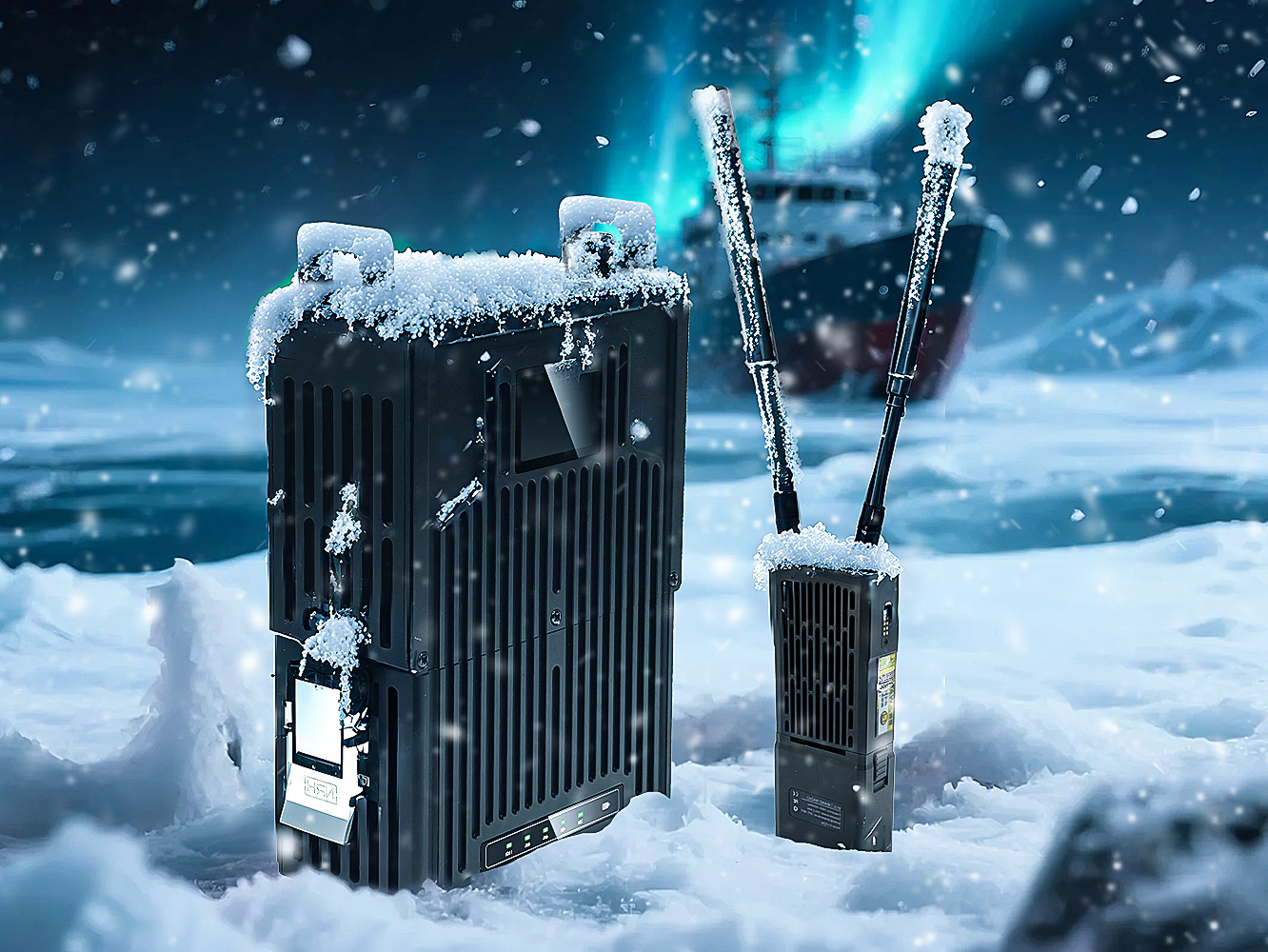 2025-10-24
2025-10-24 -
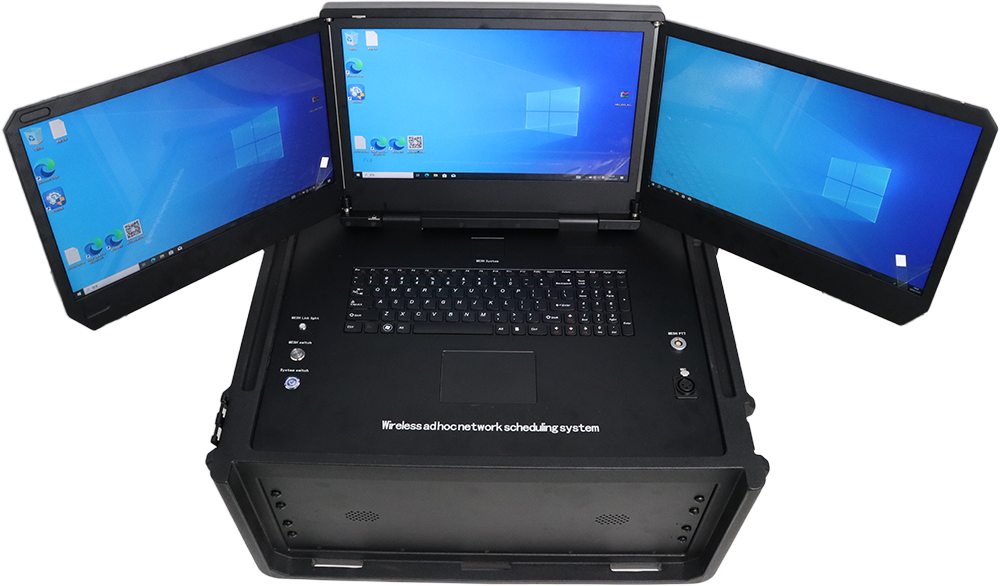
What is an Emergency Communication System and How Does It Work?
2025-09-16 -
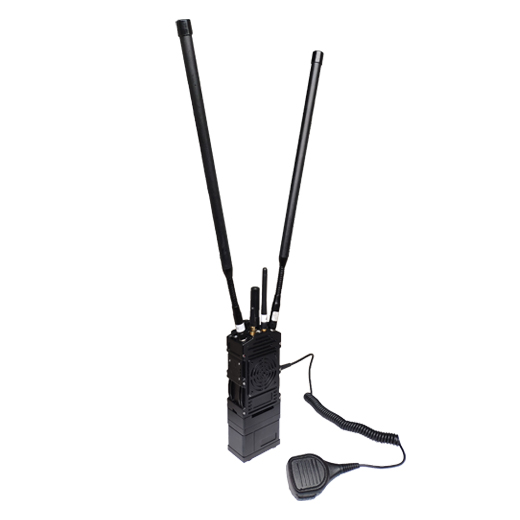
What Is Point to Point and Point to Multipoint Wireless Network?
2025-09-05 -

What Are the Two Types of Microwave Transmission?
2025-08-29 -

Multi-Node MESH Networking: Principles and Real-World Applications
2025-08-18 -

What Is the Difference Between Radio and Microwave Video Transmission?
2025-07-30


